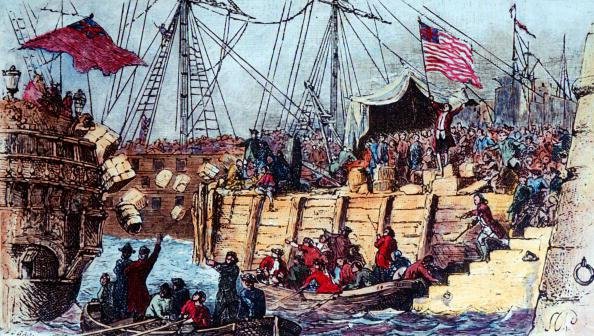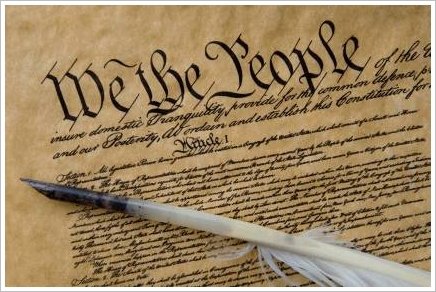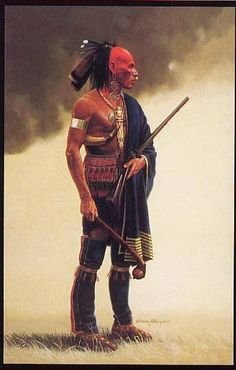History of the Independence of the United States.
History of the US Independence.
Since its formation, the 13 North American colonies were submitted to Great Britain and forced to supply it with raw materials in exchange for manufactures. But over time, the interests of the Americans became antagonistic to those of the metropolis. On July 4, 1776, in Philadelphia, the Continental Congress adopted the declaration of independence, a document that only contained an announcement of secession from the British Empire, but also a political and ideological justification for the rebellion. Under the influence of the revolutionary ideas of Thomas Paine, the British crown was accused of tyranny and the people were asked to join forces to win emancipation.

The tea riot.
In 1773, an incident revealed the inconvenience of belonging to a system where decisions were made on the other side of the Atlantic. The British parliament granted a privilege to the East India Company to sell its large surplus of Chinese tea, through its own agents in North America; with this, the North American intermediary was excluded. This produced the company's Tea Boycott in all the ports of the colonies. In Boston, crates were thrown into the water and the English government closed the port and banned local elections and rallies in the city.

Ambassador Franklin.
France was the first nation to recognize the independence of the United States. The great scientist Benjamin Franklin (1706-1790), head of the American diplomatic mission in Paris, was the one who obtained the French recognition. Franklin enjoyed enormous popularity in Paris, also due to his fame as an enlightened man. In 1778 he managed to sign two Franco-North American agreements, one commercial and one military. With this last one a mutual defensive alliance was consecrated and, therefore, the entrance of France in the war next to the colonists.

The war of the independence.
The Quebec act was a new affront to the Americans. The war began in 1775, when the British commander of Boston seized with violence of the unauthorized deposits of arms. A few weeks later, the US Congress proceeded to create an army. After the American victory at the Battle of Saragotoga (1777), France signed a military alliance with the insurgents, while other European powers constituted the League of Armed Neutrality. The defeat of the British Empire of Yorktown led to the signing of the Treaty of Versailles (1783), which recognized the independence of the United States of America.

French in the United States.
Although the Americans helped the British against France in the Seven Years' War (1756-1763), barely twelve years later, the French army and revolutionaries - among which Lafayette was counted - supported the struggle of the Americans in the war of Independence. Ninety percent of the weapons used by the Americans at the Battle of Saratoga came from France, whose army landed an expeditionary force of 6,000 men in Rhode Island. The prominence of the regiments and the French naval squads and made possible the final defeat of the British Empire in 1781. The national consciousness, unitary of the 13 American colonies was consolidated between 1789 and 1828. An important moment was on the occasion of the so-called second War of Independence (1812-1814), which confronted Britain again with the United States. The Napoleonic blockade forced the British fleet to exercise a harsh control of the neutral ships, which triggered an armed conflict between the two countries. The American victory reinforced their independence and national sentiment.
The Constitution.
American history itself began with the drafting of the Constitution in 1787, which was approved two years later, and the election of George Washington as president. The Magna Carta gave the new state a very original institutional structure, based on the federal and republican union. The federal government only exercised exclusive competencies in general finance, customs, diplomacy and defense. The figure of a common president was established, elected for a period of four years, renewable through indirect universal suffrage. In addition, each State of the Union could order its own specific policies.

The Amerindian peoples.
The original peoples of North America were on the verge of extinction because of the indiscriminate killings of France and Great Britain. The tribes (Apaches, Cherokees, Navajos, Siouxs, Creeks, Hopis, Iroquois), resisted depending on their cultural idiosyncrasy and their geographical situation, even allying themselves with the whites in their wars kept each other on the Indian soil. The result of this process of territorial conquest was the violation of the treaties with the Indian tribes by the European colonizers and, as a fatal consequence, the extermination of millions of Indians, dispossession of their secular lands and their complete marginalization of American life. , the result of colonial racism.

The formation of the USA.
The new country expanded towards the second half of the 19th century. Some annexations were carried out peacefully, such as Louisiana, sold in 1803 by France, and Oregon, ceded by the British in 1846. On the other hand, other incorporations were carried out through several wars, as occurred in Florida, bought from the Spaniards in 1819 after the previous military occupation, and with the immense territories of New Mexico, Texas and California, which were taken away from and with the immense territories of New Mexico, Texas and California, which were taken to Mexico in 1814. The conquest of the West took through the successive waves of thousands of armed settlers, who drove the Indians from their pastures, forced their march to the west of Mississippi and, finally, confined the survivors in deadly reserves. The American population went from four million in 1790 to 31 million in 1860.

Congratulations! Your post has been selected to receieve a free upvote from the communal account @symphonyofechoes.
@symphonyofechoes is a curation project aimed at encouraging the production of good quality, historically relevant content on Steemit.
Well done on your post. Keep up the good work and follow us if you would like quality content posted under the #history tag resteemed to your feed.